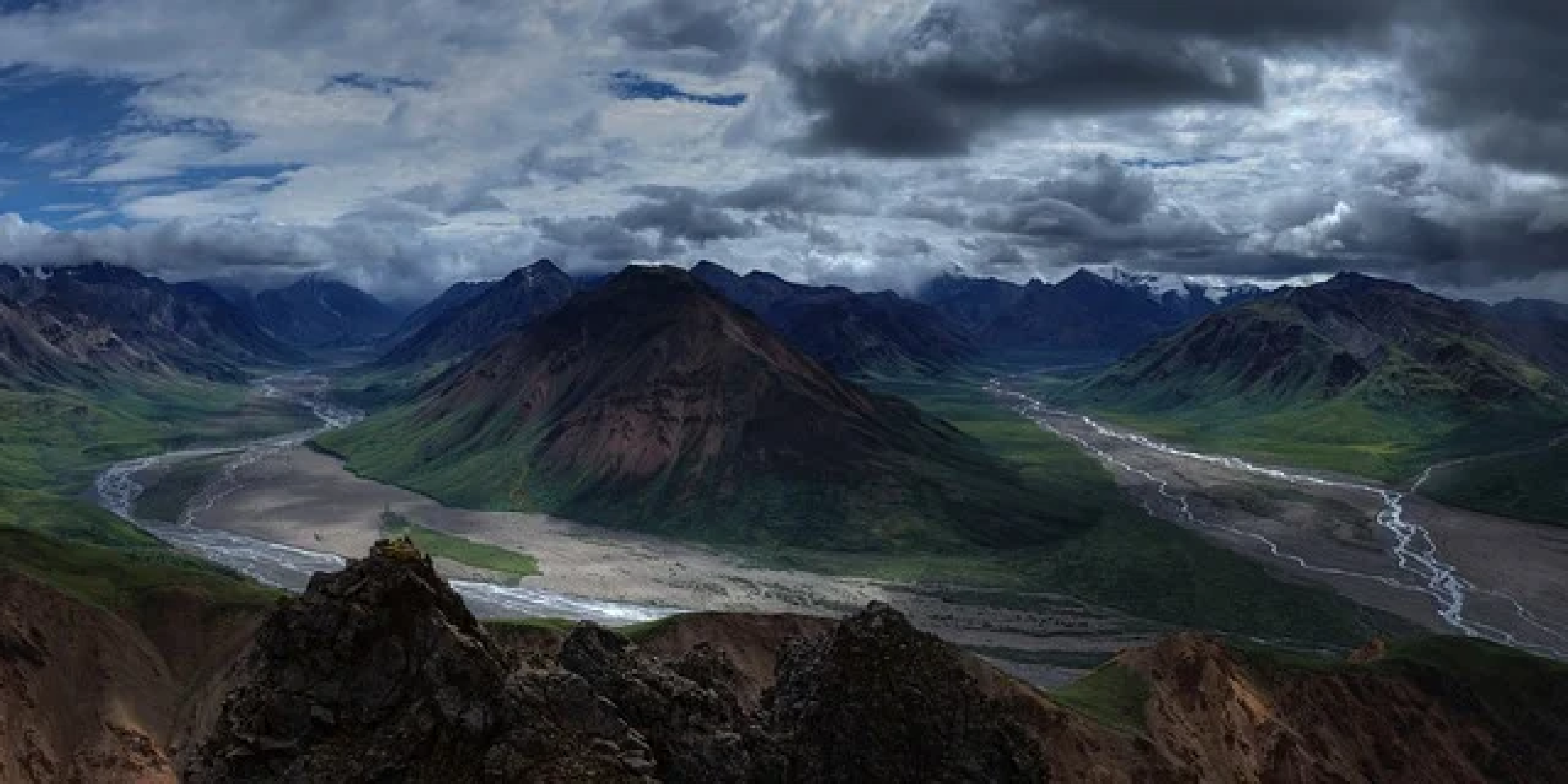Coastal planners and managers seeking to support climate adaptation in the Arctic need information on potential risks, vulnerabilities, and impacts to weather extremes and climate change. However, assessing historical trends and potential socioeconomic impacts is especially difficult in the Arctic given limitations on the availability of weather observations and historical impacts. Using a novel interdisciplinary approach, a new study led by the Alaska Center for Climate Assessment and Policy (ACCAP), a CPO Regional Integrated Sciences and Assessments (RISA) team, revealed multiple weather-related impacts from extreme events in Alaska and suggests the frequency and timing of these extreme events will change in the decades to come. The authors integrated archival analysis, observational data, and climate model downscaling to synthesize information on historical and projected impacts of extreme weather events in Nome, Alaska. They identified over 300 impacts (1990–2018) based on analyses of the Nome Nugget newspaper articles and Storm Data entries. Historical impacts centered on transportation, community activities, and utilities. An analysis of observed and ERA5 reanalysis data indicated that impacts are frequently associated with high wind, extreme low temperatures, heavy snowfall events, and winter days above freezing. Downscaled output (2020–2100) from two climate models suggested that there will be changes in the frequency and timing of these extreme weather events. For example, extreme cold temperature is projected to decrease through the 2040s and then rarely occur afterwards, and extreme wind events show little change before the 2070s. Significantly, their findings also reveal that not all weather-related extremes will change monotonically throughout the twenty-first century—extreme snowfall events, for instance, will increase through the 2030s before declining in the 2040s. The dynamical nature of projected changes in extreme events has implications for climate adaptation planning.
Study Uses Novel Approach to Assess Extreme Event Impacts in Alaska










